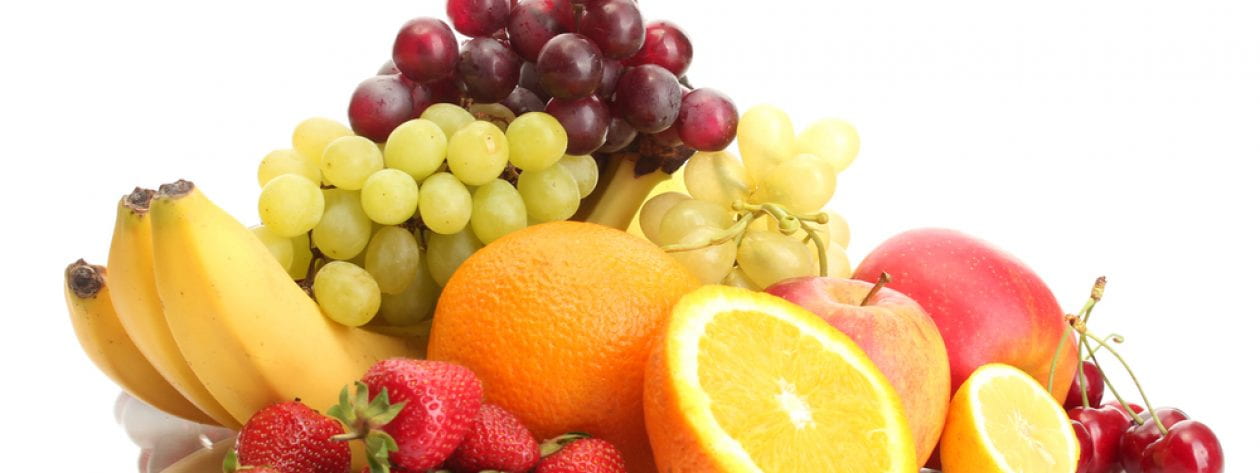“I cannot wait to eat some cauliflower“ said no one ever.
However, knowing about  all the benefits that cauliflower has to offer might persuade you to rethink your opinions about the vegetable. Cauliflower contains over 80% of your daily Vitamin C needs in just 1 cup. It is also high in B Vitamins, especially Folate and Vitamin B6, as well as Vitamin K and fiber. These are all essential vitamins that the body needs in order to function properly. The B Vitamins play important roles within the body, such as helping to obtain energy from the foods we eat, forming red blood cells and keeping the brain functioning at its best. Vitamin K plays an important role in blood clot formation and building strong bones, while fiber assists in keeping you full for a longer period of time. Adding cauliflower to your diet will boost your nutrient intake and aid in an overall healthy lifestyle. Penn State Campus Dining serves many entrees and sides that contain cauliflower such as Broccoli and Cauliflower, Roasted Cauliflower, Vegetarian Tikka Masala, Coconut Curried Cauliflower and many more! If these benefits don’t persuade you, there are plenty of creative ways to add cauliflower into your diet that does not involve just eating the plain white vegetable by itself.
all the benefits that cauliflower has to offer might persuade you to rethink your opinions about the vegetable. Cauliflower contains over 80% of your daily Vitamin C needs in just 1 cup. It is also high in B Vitamins, especially Folate and Vitamin B6, as well as Vitamin K and fiber. These are all essential vitamins that the body needs in order to function properly. The B Vitamins play important roles within the body, such as helping to obtain energy from the foods we eat, forming red blood cells and keeping the brain functioning at its best. Vitamin K plays an important role in blood clot formation and building strong bones, while fiber assists in keeping you full for a longer period of time. Adding cauliflower to your diet will boost your nutrient intake and aid in an overall healthy lifestyle. Penn State Campus Dining serves many entrees and sides that contain cauliflower such as Broccoli and Cauliflower, Roasted Cauliflower, Vegetarian Tikka Masala, Coconut Curried Cauliflower and many more! If these benefits don’t persuade you, there are plenty of creative ways to add cauliflower into your diet that does not involve just eating the plain white vegetable by itself.
Where to add it:
- You can make a healthier version of typical mac and cheese by using cauliflower instead of noodles. This is a
 great way to sneak in vegetables in an all-time favorite dish.
great way to sneak in vegetables in an all-time favorite dish. - Roasting cauliflower is another way to add some extra flavor. Get creative by adding your favorite spices to make a fantastic side to add to any meal. Almonds and pecans are popular
ingredients to add when roasting cauliflower as well as Parmesan Cheese. Add some olive oil, garlic and salt when baking for a perfect flavor! - Adding cauliflower to pasta is another great way to create a complete meal that is loaded with all the essential nutrients and minerals.
- Mix cauliflower in rice with various other ingredients for your own rice bowl.
- A popular vegetable mix is roasting cauliflower and broccoli with garlic and lemon. My mouth is watering just typing it!
Give cauliflower another chance before you disregard it. It is extremely easy to add to most meals because it will adapt to the spices and herbs you add to it. So, next time you see cauliflower on your campus menu, think of the wise words once said by Mark Twain;
“Cauliflower is nothing but cabbage with a college education.”
Resources:
“Cauliflower.” Calories in and Nutrition Facts. USDA. Web. 28 May 2015. http://www.fatsecret.com/calories-nutrition/usda/cauliflower
“The Health Benefits of Cauliflower.” LIVESTRONG.COM. LIVESTRONG.COM, 28 Jan. 2015. Web. 28 May 2015. http://www.livestrong.com/article/410151-the-health-benefits-of-cauliflower/
Photo from: https://www.flickr.com/photos/horiavarlan/
Photo from: https://www.flickr.com/photos/mealmakeovermoms/








